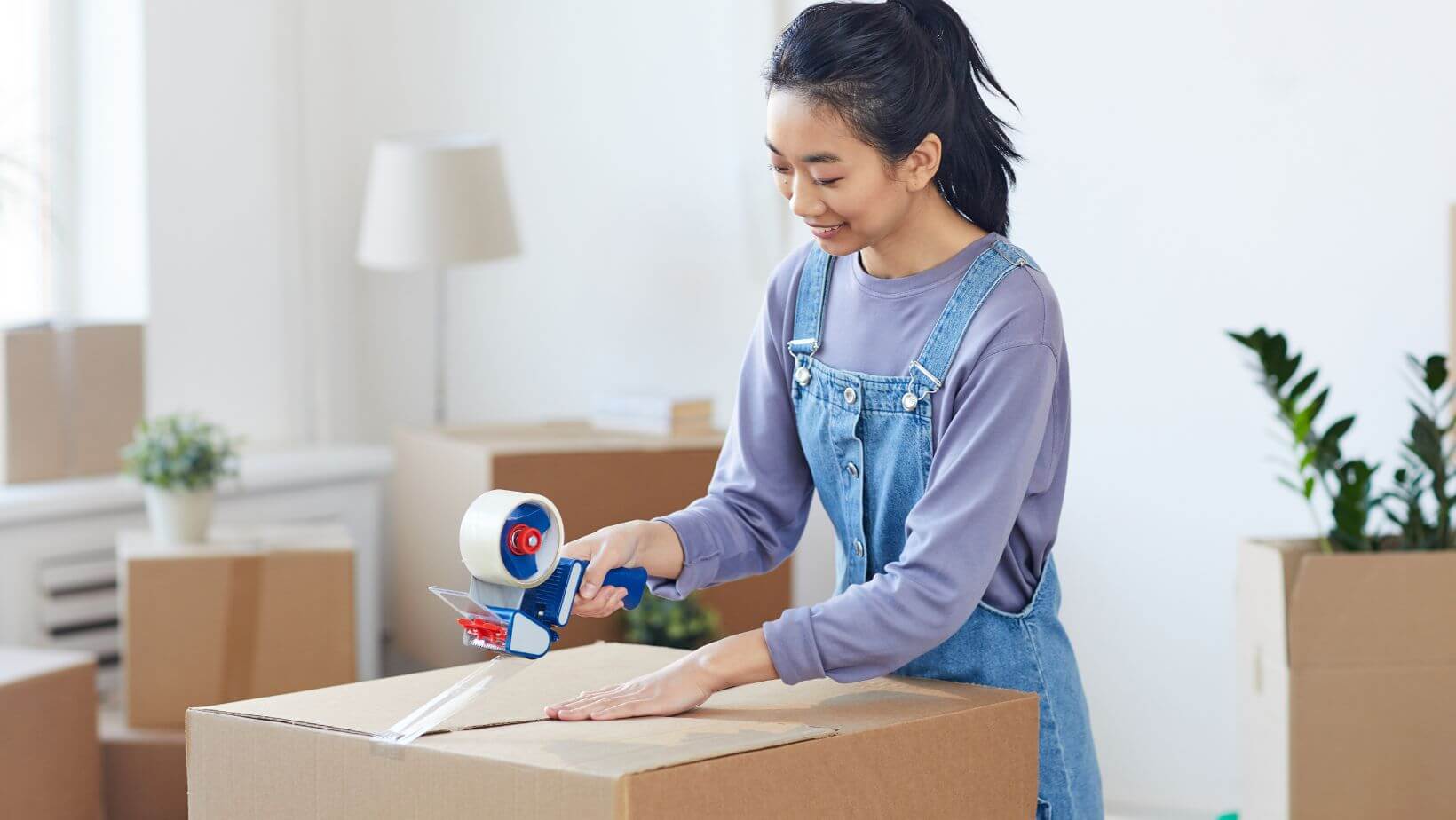The Art Of Packing: Efficient Packing Tips For Long Distance Moves

Moving can be a stressful process, especially when it’s a long-distance move. The task of packing up your life and transporting it across the country can be daunting. But with the right approach and the help of professionals like us at U & Me Moving, it doesn’t have to be. With over two decades of experience in long-distance moving, we have mastered the art of efficient packing.
Understanding The Basics Of Packing
While you can always choose to use a packing service, you may choose to pack your items yourself. This can be a daunting task since professional packers know all the tips and tricks to keep your belongings safe, but we are here to share some tips and tricks with you.
Understanding the basics of packing is crucial to ensure a smooth moving process. One basic principle of packing is weight distribution – heavier items should go at the bottom of the box while lighter items should be placed on top. This helps prevent damage to your belongings during the move. Another fundamental aspect of packing is item protection. Fragile items need to be wrapped in bubble wrap or packing paper and placed in a box with enough padding. Despite these basic principles, many people still make common mistakes when packing for a move, such as overfilling boxes or failing to secure items properly.
What To Pack First
Knowing what to pack first can also make the moving process more manageable. Start with non-essential items that you won’t need until after the move – books, seasonal clothes, or decorative items. This strategy allows you to start packing early without disrupting your daily routine. Over the years we have seen clients struggle with last-minute packing because they didn’t know what to pack first.
Organizing Your Boxes
Organizing your boxes is another important aspect of efficient packing. Labeling boxes with their contents and the room they belong to can make unpacking a breeze. It’s also helpful to keep items from the same room together. For instance, all kitchen items should be packed in the same set of boxes. Creating an inventory of your boxes can also be beneficial, especially for long-distance moves. This way, you can easily check if all boxes have arrived at your new location.
Best Packing Materials To Use
Not all packing materials are created equal. For fragile items, bubble wrap provides excellent protection. Packing paper is great for wrapping items and filling in small gaps in boxes. Quality boxes are essential for a long-distance move. They’re sturdy and can withstand the rigors of transport. It’s worth investing in good quality packing materials to ensure the safety of your belongings.
Efficient Packing Tips From U & Me Moving Experts
Our experts have gathered a series of unique packing tips and tricks that can help you save time and space, and most importantly, ensure the safety of your items during the move.
Here are some comprehensive packing tips for long-distance moves:
1. Utilize Suitcases for Books: Pack books in suitcases to save space and make transporting them easier.
2. Towels and Linens as Padding: Use towels and linens to provide extra cushioning and protection for fragile items.
3. Pack Dishes Vertically: Place dishes vertically when packing to reduce the risk of breakage during the move.
4. Use Ziplock Bags for Small Items: Organize small items like screws, bolts, and other hardware in labeled Ziplock bags to keep them secure and easily accessible.
5. Take Pictures of Electronics: Before disassembling any electronic equipment, take photos to remember how the cords and components are connected for easier reassembly later.
6. Label Boxes: Clearly label each box with its contents and the room it belongs to. This will make unpacking and organizing in your new home much easier.
7. Preserve Important Documents: Keep essential documents such as passports, birth certificates, and financial records in a separate, easily accessible folder or file box.
8. Pack an Essentials Box: Pack a separate box with essential items like toiletries, a change of clothes, medications, and important phone numbers. This will save you from rummaging through multiple boxes on your first day at the new place.
9. Disassemble Furniture: Take apart large furniture pieces, such as bed frames and tables, for easier moving. Keep screws, nuts, and bolts organized in labeled bags.
10. Don’t Overfill Boxes: Avoid overpacking boxes to prevent them from becoming too heavy and potentially breaking. Use extra boxes if needed.
Remember, planning ahead and staying organized will help ensure a smooth, stress-free, long-distance move.
Prepare For Your Long Distance Move With U & Me Moving
To wrap up, efficient packing for a long-distance move involves understanding the basics of packing, knowing what to pack first, organizing your boxes effectively, using quality packing materials, and applying expert packing tips. With these strategies, you can ensure a smooth and stress-free moving experience. And remember, if you need professional help, our team at U & Me Moving is always ready to assist you.
Ready for your next move? Contact us today for more information or to schedule your move. Let us make your long-distance move a breeze!



